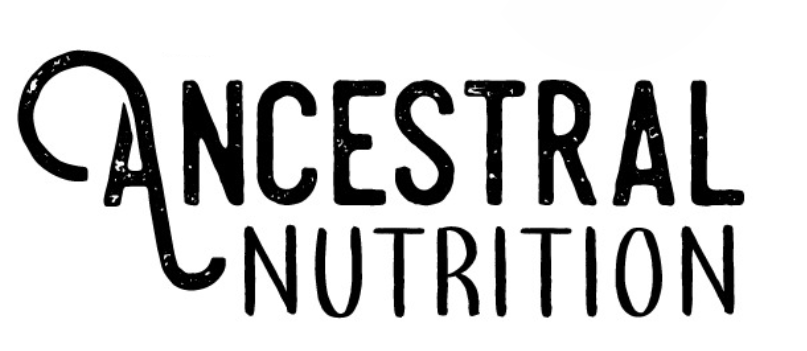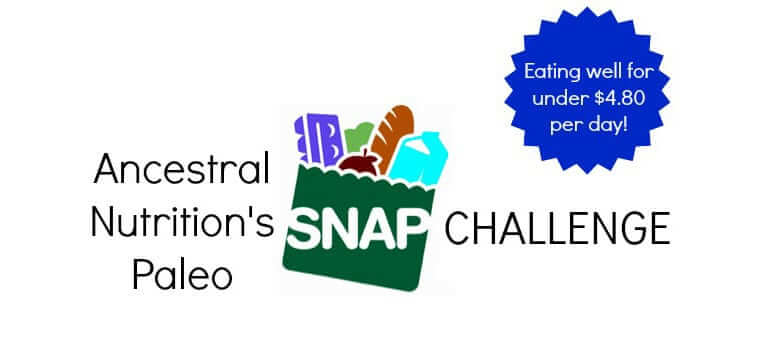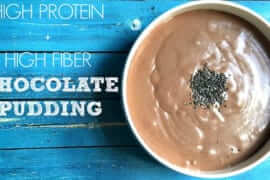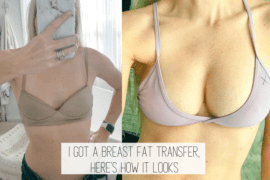This morning, before I went grocery shopping, a friend introduced me to the SNAP Challenge.
SNAP stands for Supplemental Nutrition Assistance Program, formerly the Food Stamp Program. 49% of the participants are children (aged 18 or younger). The majority of these children live in single-parent households. According to snaptohealth.org,
In total, 76% of SNAP benefits go towards households with children, 16% go to households with disabled persons, and 9% go to households with senior citizens.
The SNAP Challenge encourages people to experience what it’s like for millions of Americans living below the poverty line by spending a max of $4.80 on food per day.
I quickly considered how much I spend on food each month. Definitely a lot more than $4.80 per day. And then I remembered that I love a challenge.
After doing some more research, I quickly realized that most people were sacrificing nutrition to cut corners. Recommended meal plans were extremely nutrient deficient and grain-based, as opposed to vegetable based on healthy meat and dairy products. Here is a sample of a recommended meal plan:
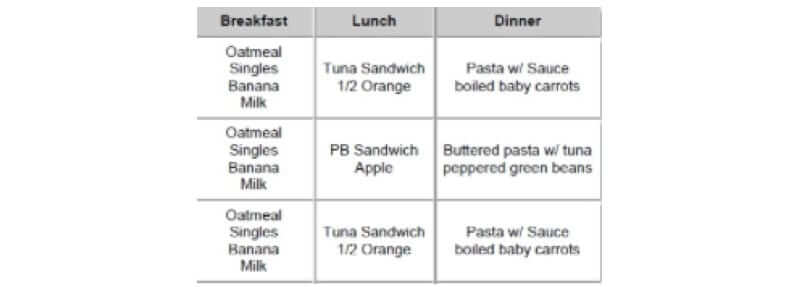
This meal plan reads like a pamphlet on how to become obese and develop diabetes.
According to the CDC:
- Childhood obesity has more than doubled in children and tripled in adolescents in the past 30 years.
- The percentage of children aged 6–11 years in the United States who were obese increased from 7% in 1980 to nearly 18% in 2010. Similarly, the percentage of adolescents aged 12–19 years who were obese increased from 5% to 18% over the same period.
- In 2010, more than one-third of children and adolescents were overweight or obese.
- Obese youth are more likely to have risk factors for cardiovascular diseases, such as high cholesterol or high blood pressure. In a population-based sample of 5- to 17-year-olds, 70% of obese youth had at least one risk factor for cardiovascular disease.
- Overweight and obesity are associated with increased risk for many types of cancer, including cancer of the breast, colon, endometrium, esophagus, kidney, pancreas, gallbladder, thyroid, ovary, cervix, and prostate, as well as multiple myeloma and Hodgkin’s lymphoma.
- Children and adolescents who are obese are likely to be obese as adults and are therefore more at risk for adult health problems such as heart disease, type 2 diabetes, stroke, several types of cancer, and osteoarthritis. One study showed that children who became obese as early as age 2 were more likely to be obese as adults.
Obesity, cardiovascular disease, diabetes and several other diseases are more prevalent in low-income families.
This is undoubtedly due to a lack of resources, but we should not reinforce this with bad information.
So I am taking the Paleo SNAP Challenge. My diet for the next seven days will be extremely limited, but I will not sacrifice nutrition. Clearly, I will have to forego my daily kombucha habit, as well as my daily glass of raw kefir. I am giving up drinking my medicinal teas and all other treats I usually eat during the week.
Here is what I bought and how much I spent:

The chicken thighs are not pastured like I normally buy, but they are minimally processed and the chickens did not receive antibiotics. Both the Kerrygold cheddar and butter were on sale, the cheese is normally $3.79 and the butter $2.99. I’m very fortunate there was a sale on Kerrygold items. The ground beef is grass-fed and was purchased through my buying club, they were on sale. The tomatoes and eggs were purchased from the farmers market and are organic. The good thing about buying pastured eggs is that they’re about twice the size of regular eggs. Look at this!
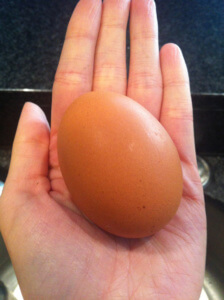
I don’t generally eat breakfast but I do have a mid-morning snack. This is for two reasons: I’m not hungry in the morning. I’m a fan of intermittent fasting for nutritional purposes. The first meal, I cooked scrambled eggs with sautéed tomatoes and onions and topped with a little bit of Kerrygold cheddar. I cooked about 1/4 of this big tomato. The eggs are so large, packed full of vitamins and healthy fats. I was definitely full.
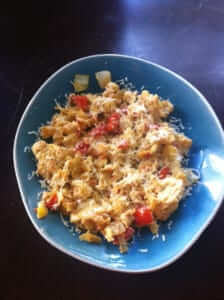
This week will be challenging.
But there is no reason the people that participate in the SNAP Program should have to sacrifice their health so that they can afford food. I hope to help educate people that it is possible to spend under $4.80 per day and still eat well by eating whole, real, unprocessed foods.
Sources:
http://site.foodshare.org/site/PageServer?pagename=programs_movement_education_snapchallenge
http://www.snaptohealth.org/snap/snap-frequently-asked-questions/
http://site.foodshare.org/site/PageServer?pagename=programs_movement_education_snapchallenge_menu
